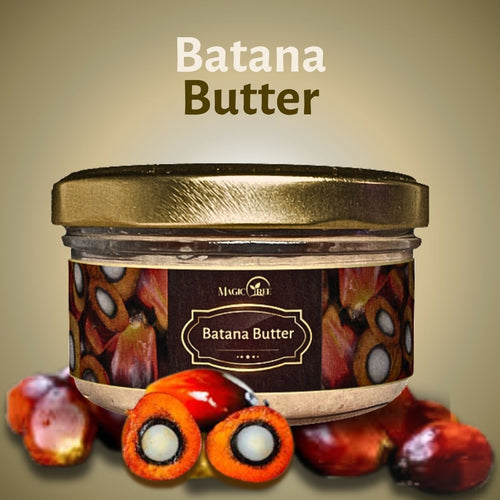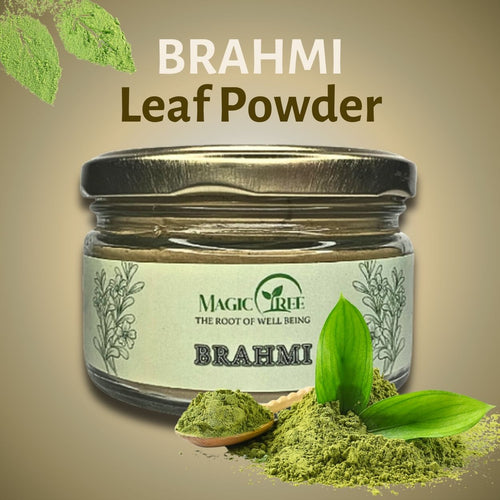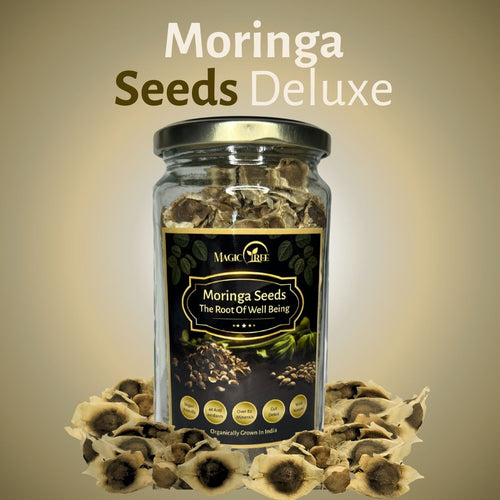At Magic Tree Superfoods, we believe in living a life full of movement and joy. But joint pain can throw a wrench into that active lifestyle. Whether it's a dull ache or a sharp pang, joint pain can significantly impact our daily lives. The good news? There are natural solutions and holistic practices that can help alleviate joint discomfort and keep you moving with ease.
Understanding the Enemy: Rheumatoid Arthritis vs. Osteoarthritis
Two main types of arthritis contribute to joint pain:
-
Rheumatoid Arthritis (RA): This autoimmune disease causes inflammation in the joints and surrounding tissues. RA affects the lining of the joints, leading to pain, stiffness, swelling, and even joint deformity.
-
Osteoarthritis (OA): This is a "wear and tear" type of arthritis. Over time, the cartilage that cushions the ends of bones breaks down, leading to pain, stiffness, and reduced flexibility in the affected joints.
Beyond Wear and Tear: Causes of Joint Pain
While arthritis is a leading cause of joint pain, other factors can contribute:
-
Cholesterol: High cholesterol levels might indirectly influence joint health. Cholesterol deposits can contribute to inflammation, a leading factor in joint pain.
-
Crystallization of Minerals: A build-up of uric acid crystals in the joints can cause gout, a form of arthritis characterized by sudden and severe joint pain.
Nature's Arsenal: 10 Herbs for Joint Relief
These powerful herbs, when used responsibly, can offer natural support for joint health:
1. Ginger: This versatile root has anti-inflammatory properties that can help reduce joint pain and stiffness. You can consume ginger tea, add it to smoothies, or use topical ginger creams.
Preparation: Steep grated or sliced ginger in hot water for ginger tea. Fresh ginger can be added to smoothies or stir-fries. Ginger creams are readily available and can be applied topically to the affected joint.
2. Frankincense: This revered resin has been used for centuries for its anti-inflammatory and pain-relieving properties. Frankincense oil can be used topically or inhaled.
Preparation: Dilute Frankincense essential oil with a carrier oil like coconut or jojoba oil before applying it topically to the affected joint. A diffuser can be used to inhale the calming and pain-relieving properties of Frankincense.
3. Devil's Claw: This South African herb has been traditionally used for its anti-inflammatory and pain-reducing effects on joints. It's important to consult with your doctor before using Devil's Claw, as it can interact with certain medications.
Preparation: Devil's Claw is typically consumed as a tea or taken as a supplement. Always follow dosage instructions carefully and consult your doctor before use.
4. Nutmeg Oil: This essential oil has shown promise in reducing joint pain and inflammation. However, nutmeg oil can be toxic in high doses. Topical application is preferred and should be done with caution.
Preparation: Always dilute nutmeg oil with a carrier oil before topical application.
5. Black Seed Oil: This oil, derived from the black cumin seed, has powerful anti-inflammatory properties. Black seed oil can be taken internally or applied topically to the affected joint.
Preparation: Black seed oil can be consumed directly or taken as a supplement. Always follow dosage instructions carefully. Black seed oil can also be applied topically to the affected joint, diluted with a carrier oil. Buy black seed oil here
6. Seamoss: This powerhouse seaweed is rich in minerals like magnesium, which helps relax muscles and soothe joint stiffness. Seamoss also contains anti-inflammatory properties that can offer additional relief. Buy Seamoss here
Preparation: Seamoss can be consumed as a gel, powder, or flakes. Seamoss gel can be added to smoothies, soups, or used topically as a compress.
7. Turmeric: This golden spice is a champion for joint health due to its curcumin content, a potent anti-inflammatory compound. Consider incorporating turmeric into your diet or taking a curcumin supplement.
Preparation: Turmeric can be added to curries, smoothies, or taken as a supplement. For optimal absorption, combine turmeric with black pepper.
8. Boswellia: This resin, also known as Indian Frankincense, has anti-inflammatory properties that can help reduce joint pain and improve mobility. Boswellia is typically consumed as a supplement.
Preparation: Boswellia is generally taken as a capsule or tablet supplement. Always follow dosage instructions carefully.
9. Yarrow: This herb has been traditionally used for its anti-inflammatory and pain-relieving properties. Yarrow can be consumed as a tea or taken as a supplement.
Preparation: Yarrow can be brewed as a tea or taken in capsule form. Always follow dosage instructions carefully.
10. Willow Bark: This natural source of salicin, a precursor to aspirin, offers pain-relieving and anti-inflammatory benefits. Willow bark can be consumed as a tea
Preparation: Willow bark can be brewed into a tea. Always consult your doctor before using willow bark, especially if you are taking blood thinners.
Beyond Herbs: Nutritional Support for Joint Health
A balanced diet rich in essential nutrients plays a crucial role in joint health:
-
Omega-3 Fatty Acids: Found in fatty fish like salmon, flaxseed, and chia seeds, omega-3s have anti-inflammatory properties that can help reduce joint pain and stiffness.
-
Vitamin D: This sunshine vitamin is essential for calcium absorption, which is vital for bone health. Vitamin D deficiency has been linked to increased joint pain.
-
Vitamin C: This antioxidant supports collagen production, a key component of cartilage.
-
Calcium and Magnesium: These minerals work together to maintain bone health and reduce inflammation.
Holistic Practices for Joint Pain Relief
In addition to herbs and nutrition, holistic practices can complement your joint pain management:
-
Weight Management: Excess weight puts additional pressure on your joints, exacerbating pain. Maintaining a healthy weight can significantly improve joint comfort.
-
Regular Exercise: While it might seem counterintuitive, gentle exercise can strengthen muscles and improve joint flexibility. Activities like swimming, walking, and yoga are excellent options.
-
Heat and Cold Therapy: Applying heat or cold packs to the affected joint can provide temporary relief. Heat helps relax muscles, while cold can reduce inflammation.
-
Massage: Massage therapy can help relax muscles, reduce tension, and improve blood flow to the affected area.
-
Mindfulness and Stress Management: Chronic stress can exacerbate joint pain. Practices like meditation, deep breathing, and yoga can help manage stress and promote overall well-being.
Conclusion: A Holistic Approach to Joint Pain
Conquering joint pain requires a multifaceted approach that addresses the root causes and incorporates natural remedies. By combining the power of herbs, a balanced diet, and holistic practices, you can significantly improve your joint health and regain your mobility. Remember, it's essential to consult with your healthcare provider to determine the best course of action for your specific condition. With patience, persistence, and a focus on overall well-being, you can reclaim your active lifestyle and enjoy life to the fullest.
Disclaimer: This blog post is intended for informational purposes only and does not constitute medical advice. Always consult with a healthcare professional before starting any new supplement or treatment regimen




